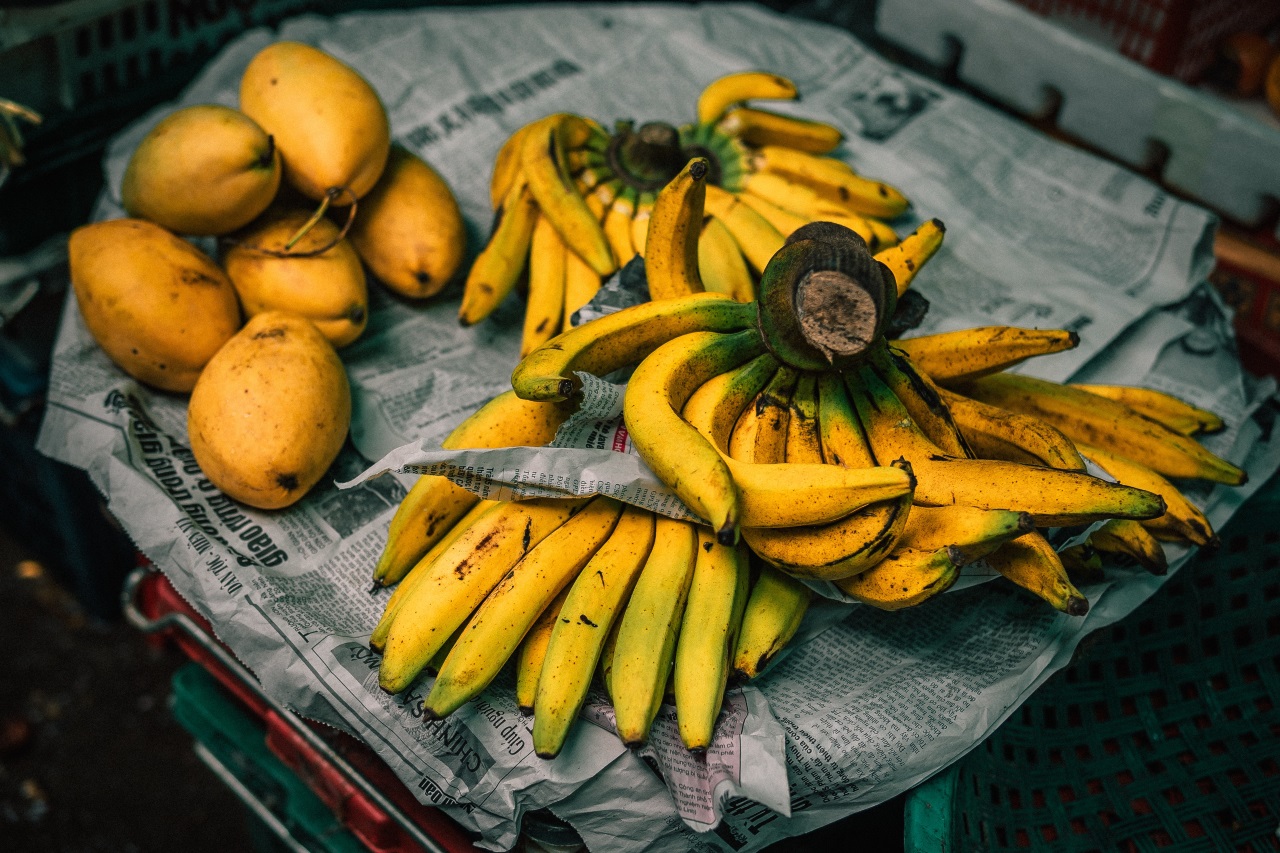72% of Americans do not compost their own food waste, with the main reason being that they find it inconvenient. However, composting your own waste is not only environmentally-friendly and great for your garden as a natural fertilizer, it can also be very convenient when done correctly. Whether you are single or a family of five, make sure to use your food scraps for good by becoming familiar with the what, how and why of composting.
Why you should compost
When you peel a delicious mango, make a vegetable stock for a homemade soup or juice a few vegetables and fruits for a healthy elixir, the leftover scraps, pits and pulp may seem like waste to you. However, they are packed with nutrients and can contribute meaningfully to the health of your garden and soil. As a result of avoiding unnecessary waste, composting is also very environmentally-friendly and unlike other methods of ‘garbage’ removal, you know exactly where your food scraps are going. By composting your food waste you are ensuring they are put to good use and don’t end up on top of a landfill.
What goes in the bin
Before you get started on your composting journey, it is important to know what exactly you can compost, and what you cannot. All waste from vegetables and fruits—including peels, cores, pulp, seeds and stems go in, and if you have molded or damaged fruit and vegetables, you can add those as well. Egg shells, coffee grounds and filters, grains, and bread are all compostable as well. You want to avoid adding any oils, meat and dairy products to your compost—not only due to the obvious reasons such as odor, but also because they decompose much slower and will attract larger animals.
How to compost
Now that you know why and what you should compost, see how easy actually composting is! The most convenient way to compost is to have an indoor kitchen bin. You can put this by your sink, install it in a cupboard or keep it by your garbage bin. Add a plastic bag and every time you chop, juice, peel a fruit or vegetable, crack an egg or make coffee, add the leftovers to the bag. You can wait until it fills completely before moving it outside. In your garden, use a shovel or gardening spade to dig a hole large enough to fit another bin in. Fill this bin up with the food scraps in your kitchen bin and just make sure it is moist and that you turn it over every now and then. In a few weeks, and perhaps with the help of some intrepid red wigglers, it will begin to look like soil and will be ready to use. Sprinkle the mixture over your garden and plants as a environmentally-friendly natural fertilizer.
Composting may seem like a task of many steps and processes, but at its core it’s a simple way to put your food scraps to good use. By learning what you can add to your compost bin, understanding the importance of it, and implementing it in your home, you can turn what may have been labeled garbage into an environmentally-friendly, resourceful and nutrient-packed natural fertilizer for your garden.
